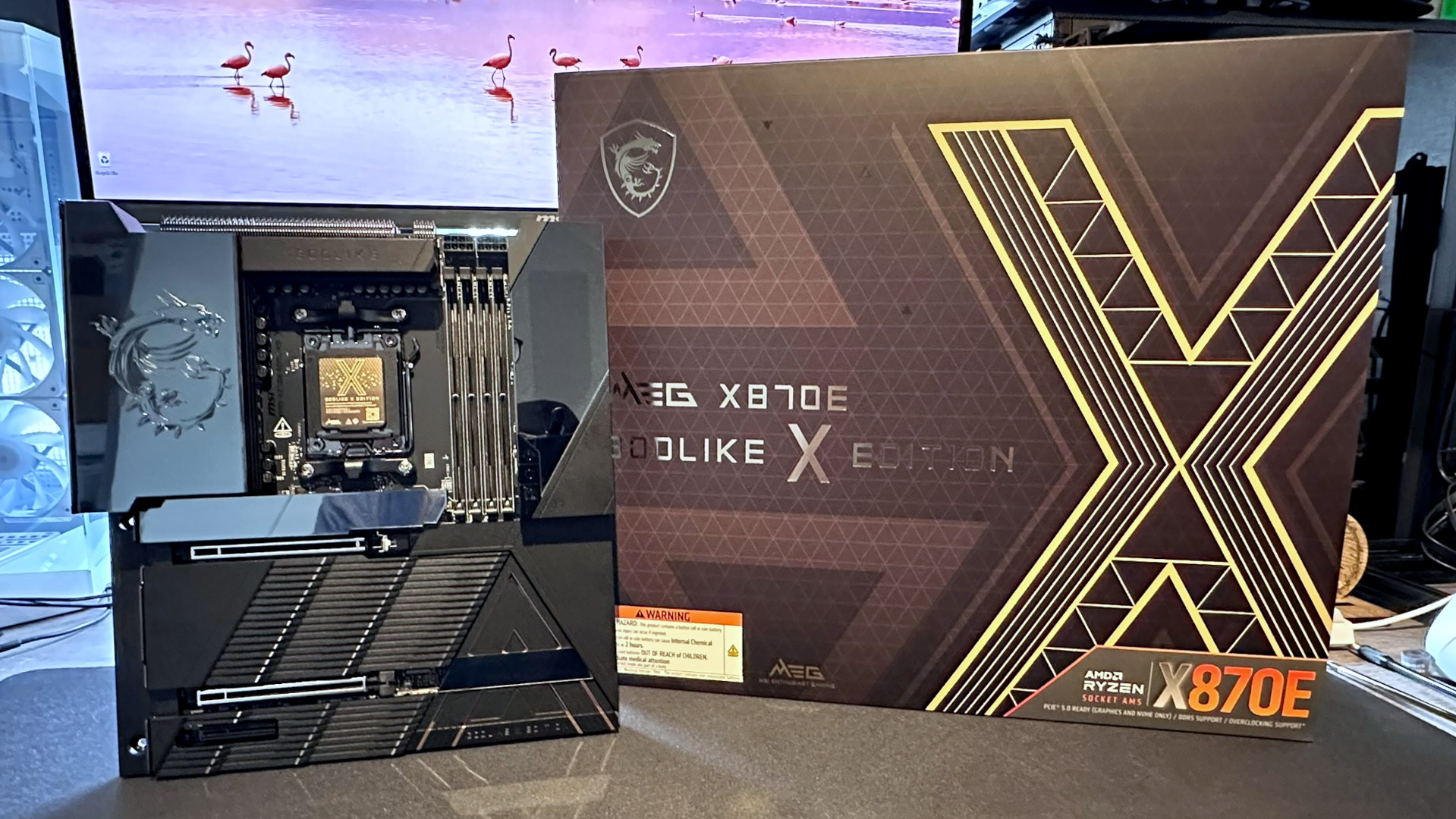PC-controlling brain implants are here and 'the reality is that people need this technology'
From sci-fi concept to real-world use.

Remember those brain-to-computer devices that Gabe Newell, billionaire owner of Valve, was banging on about? He said they'd be great for making immersive games and coined the phrase "meat peripherals" for human limbs. Hard to forget. Well, just last month such a device was actually implanted (installed?) into a person's brain, but instead of being used for bigger-than-life gaming it's to better access to technology for those that need it.
This first brain-computer interface (BCI) comes from a company called Synchron, and it's an endovascular device which means it doesn't require invasive brain surgery to be implanted. The point of this device is to enable patients with severe paralysis to control digital devices hands-free. Literally moving a mouse cursor with thoughts alone.
“The first-in-human implant of an endovascular BCI in the U.S. is a major clinical milestone that opens up new possibilities for patients with paralysis,” Tom Oxley, founder of Synchron, says. “Our technology is for the millions of people who have lost the ability to use their hands to control digital devices."
Wired spoke to Oxley about their company's aims with the device, and it comes down to how limited someone's access to modern computing technology, which is so critical for most peoples' day-to-day lives, is without average motor function.
"...to use them, you need to use your fingers."
The device, once installed, would then allow someone to interact with a PC, for example, and that could make a big difference to their level of independence. But the big step for BCIs according to Synchron isn't so much the device, but how easy the procedure is to install the device, one which most neurosurgeons will be familiar with.
It involves unravelling the device, called a Stenrode, inside a blood vessel in the brain via the neck.
Keep up to date with the most important stories and the best deals, as picked by the PC Gamer team.
“The patient was able to go home 48 hours after the surgery," Shahram Majidi, MD, the neurointerventional surgeon who performed the procedure, says.
The device has already been demonstrated to be safe up to 12 months after it was implanted in a trial in Australia, and Synchron wants to implant the device in at least 15 patients this year. In his interview with Wired, Oxley says the implant would cost roughly as much as a car, though didn't really get any more specific than that.
Elon Musk's Neuralink is another BCI technology headed to clinical trials. There's actually a fairly long history to BCI technology, though things have appeared to have sped up in the last decade.
It all sounds very sci-fi, but these BCI concepts are very much real and potentially changing how people live their lives. To go back to Newell for a second, who is more a man with a fascination than a medical professional, he said that "connecting to people's motor cortex and visual cortex is going to be way easier than people expected." This isn't quite that, nor does it aim to be, but at least in general terms of BCI technology, it appears there is speedy progress being made to hook up our brains to silicon. There's even talk of BCI technology intersecting consumer technology, such as with this VR headset.

Best CPU for gaming: The top chips from Intel and AMD
Best gaming motherboard: The right boards
Best graphics card: Your perfect pixel-pusher awaits
Best SSD for gaming: Get into the game ahead of the rest
Of course, with this budding technology comes concerns of what it might lead to, or who could take advantage of it, but for today at least it's seemingly looking to benefit a few in need.
“What I want the world to understand is that this technology is going to help people,” Oxley says. “There seems to be a theme around the possible negative aspects of this technology or where it might go, but the reality is that people need this technology, and they need it now.”

Jacob earned his first byline writing for his own tech blog, before graduating into breaking things professionally at PCGamesN. Now he's managing editor of the hardware team at PC Gamer, and you'll usually find him testing the latest components or building a gaming PC.

